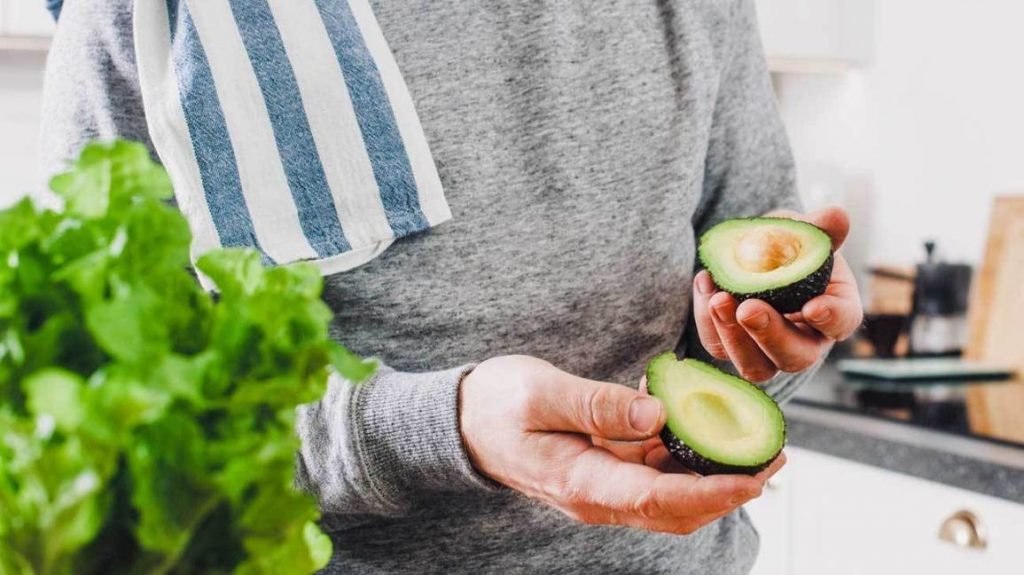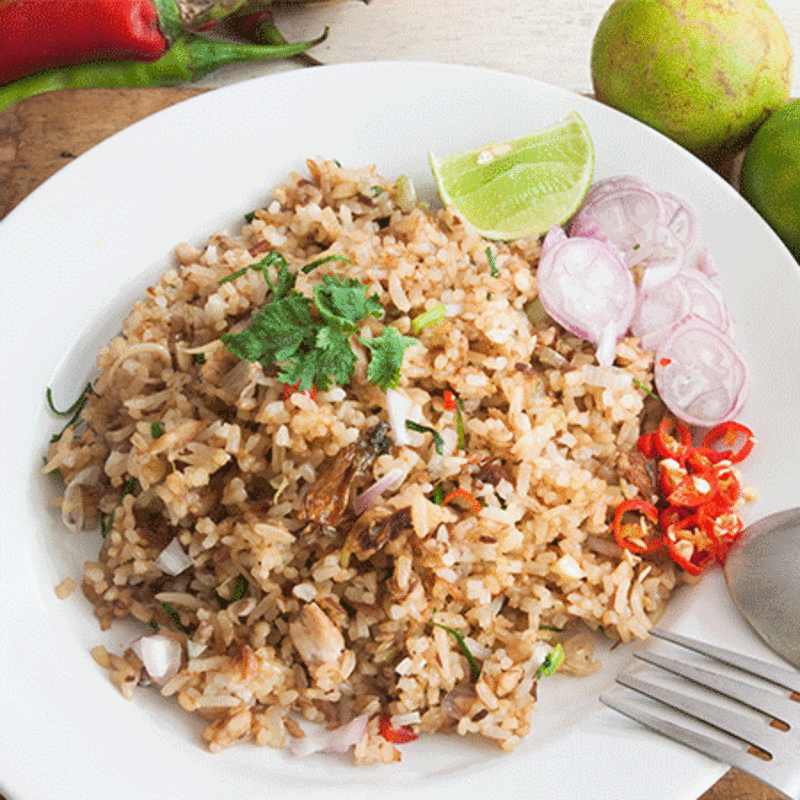They are in charge of blood, eliminating waste through
urine, making hormones, balancing minerals and maintaining fluid balance.
There are many risk factors for kidney disease. The most
usual are diabetes and higher blood pressure.
Alcoholism, heart disease, hepatitis C virus and HIV
disease are also causes
If the kidneys become damaged and are unable to work
properly, fluid can build up within the human body and waste can accumulate in
the bloodstream.
But, avoiding or restricting certain foods in your diet
may help decrease the accumulation of waste products in the bloodstream vessels,
improve kidney function and prevent Additional damage
Connection Diet between Kidney Diseases
Dietary restrictions vary based upon the stage
of kidney disease.
For instance, individuals that are at the
early stages of chronic kidney disease may have distinct dietary limitations
than those who have end-stage renal disease, or kidney failure.
People that have end-stage renal disease who
need dialysis may also have varying dietary limitations. Dialysis is a form of
treatment that eliminates extra water and filters waste.
The majority of people from the late stages or
with end-stage kidney disease will have to obey a kidney-friendly diet to avoid
build-up of certain chemicals or nutrients from the bloodstream.
In people who have chronic liver disease, the
kidneys cannot adequately remove excess sodium, potassium and potassium. As a
consequence, they are at greater risk of elevated blood levels of the minerals.
A kidney-friendly diet, or a”renal
diet,” usually comprises restricting sodium and potassium to 2,000
milligrams every day and restricting phosphorus to 1,000 milligrams every day.
But, people who have end-stage renal disease undergoing dialysis have an increased protein need

Below are foods that you ought to probably
avoid on a renal diet.
Dark-Colored Coco Cola
In addition to the calories
and sugar that colas supply, they also contain additives that contain
potassium, especially dark-colored colas.
Many food manufacturers add
phosphorus throughout the processing of meals and beverages to enhance flavor,
extend shelf life and protect against discoloration.
Unlike natural phosphorusin
the shape of additives isn’t bound to protein. Rather, it is found in the Shape
of salt and highly absorbable from the intestinal tract
Additive phosphorus can
typically be found at a product’s ingredient list. But, food manufacturers are
not required to record the exact amount of additive calcium in the food label.
While additive phosphorus
content varies depending on the Sort of cola, many dark-colored colas are
Thought to contain 50–100 milligrams at a 200-ml serving
As a consequence, colas,
especially these dark in color, must be avoided on a renal diet.
Healthy Canned Foods
Canned foods, such as soups, vegetables and beans, are
usually purchased because of their low price and convenience.
But, most canned foods contain large amounts of sodium,
as salt is added as a preservative to increase its shelf life
Because of the amount of sodium found in canned products,
it is often suggested that individuals with kidney disease avoid or limit their
intake.
Selecting lower-sodium varieties or people
labeled”no salt added” is typically very best.
Additionally, draining and rinsing canned foods, such as
canned beans and tuna, can decrease the sodium content by 33–80 percent, based
upon the product
Whole-Wheat Bread
Deciding on the proper
bread can be perplexing for most individuals with kidney disease.
Frequently for healthy
individuals, whole-wheat bread is usually recommended over processed, white
flour bread.
Whole-wheat bread may be a
more nutritious option, mostly because of its high fiber content.
This is because of its salt
and potassium content. The more bran and entire grains from the bread, the more
elaborate the phosphorus and potassium contents.
By way of example, a
1-ounce (30-gram) serving of whole-wheat bread contains about 57 milligrams of
potassium and 69 milligrams of potassium. In comparison, white bread contains
just 28 milligrams of phosphorus and potassium.
Notice that bread and bread
products, regardless of becoming white or whole wheat, also contain relatively
Substantial amounts of sodium
It is ideal to compare
nourishment labels of various kinds of bread, pick a lower-sodium alternative,
if at all possible, and track your portion sizes.
Brown Rice
One cup of cooked brown
rice contains 150 mg of potassium and 154 milligrams of potassium, whereas one
cup of cooked white rice contains just 69 milligrams of calcium and 54
milligrams of potassium ).
You may be able to insert
brown rice into a renal diet, however, only if the percentage is controlled and
balanced along with different foods to avoid excessive daily intake of
potassium and calcium.
Bulgur, buckwheat, pearled barley and barley are healthy, lower-phosphorus grains that can make a fantastic substitute for brown rice.

Bananas
Bananas are famous for
their high potassium content.
While they are naturally
low in sodium, one medium banana supplies 422 milligrams of potassium (16).
It may be tricky to
maintain your daily potassium intake to 2,000 mg when a banana is a daily
staple.
Dairy
They are also a natural
source of potassium and potassium and a fantastic supply of protein.
As an example, 1 cup (8
fluid ounces) of milk supplies 222 mg of potassium and 349 milligrams of
potassium.
However, consuming an
excessive amount of dairy, together with additional phosphorus-rich foods, can
be detrimental to bone health in people with kidney disease.
This may seem surprising,
as milk and dairy are usually advocated for strong bones and muscle health.
But once the kidneys are
damaged, an excessive amount of calcium ingestion can cause a buildup of
calcium in blood.
One cup (8 fluid ounces) of
milk supplies about 8 grams of protein.
It may be important to
restrict dairy intake to avoid the buildup of protein waste from the blood.
Dairy alternatives like
unenriched rice milk and almond milk are considerably reduced in potassium,
potassium and protein than cow’s milk, making them a fantastic substitute for
milk whilst on a renal diet.
Oranges and Juice
While oranges and orange juice are arguably well known
because of their vitamin C contents, they are also rich sources of potassium.
One large orange (184 grams) supplies 333 milligrams of
potassium. Additionally, there are 473 milligrams of potassium in one cup (8
fluid ounces) of orange juice. )
Given that their potassium content, oranges and orange
juice probably have to be avoided or restricted on a renal diet.
Grapes, apples and cranberries, as well as their
individual juices, are all decent replacements for oranges and orange juice, as
they have reduced potassium contents.
Apricots
Apricots are full of
vitamin C, vitamin A and fiber.
One cup of fresh apricots
supplies 427 milligrams of potassium
What’s more, the potassium
content is much more concentrated in dried apricots.
One cup of dried apricots
supplies over 1,500 milligrams of potassium.
This means that only one
cup of dried apricots supplies 75 percent of the 2,000 milligrams low-potassium
restriction.
Potatoes, Sweet Potatoes
Only one medium-sized baked potato (156 g) contains 610
milligrams of potassium, whereas one average-sized baked sweet potato (114 g)
contains 541 milligrams of potassium.
Fortunately, some high-potassium foods, such as potatoes
and sweet potatoes, can be soaked or leached to cut back their potassium
contents.
Cutting potatoes into small, thin pieces and boiling them
for at least 10 minutes can decrease the potassium content by about 50 percent.
Potatoes that are soaked in a large pot of water for at
least four weeks prior to ingestion are known to have an even reduced potassium
content than people not soaked prior to cooking.
This system is known as”potassium leaching,” or
the”double cook technique.”
Although double consumption potatoes reduces the
potassium content, it is important to not forget that their potassium content
is not completed eliminated via this method.
Considerable amounts of potassium can nevertheless be found in double-cooked potatoes, so it is ideal to practice portion control to maintain potassium levels in check.

Tomatoes
Tomatoes are another high-potassium fruit that may not
match the principles of a renal diet.
They can be served raw or stewed and are frequently
utilized to make sauces.
Unfortunately for all those on a renal diet, tomatoes are
widely utilized in many dishes.
Deciding on an alternative with reduced potassium content
is dependent largely on taste preference. But, swapping tomato sauce to get a
roasted red pepper sauce can be equally yummy; all while offering significantly
less potassium per serving.
Spinach and Beet Greens
Spinach and beet greens are
leafy green vegetables that contain large amounts of various nutrients and
minerals, such as potassium.
When served raw, the amount
of potassium varies between 140–290 milligrams per cup.
Therefore, eating a half
cup of cooked spinach will contain a higher amount of potassium than a half cup
of raw spinach.
Moderate consumption of raw
Swiss chard, spinach and beet greens is much preferable to cooked greens to
avoid an excessive amount of potassium.